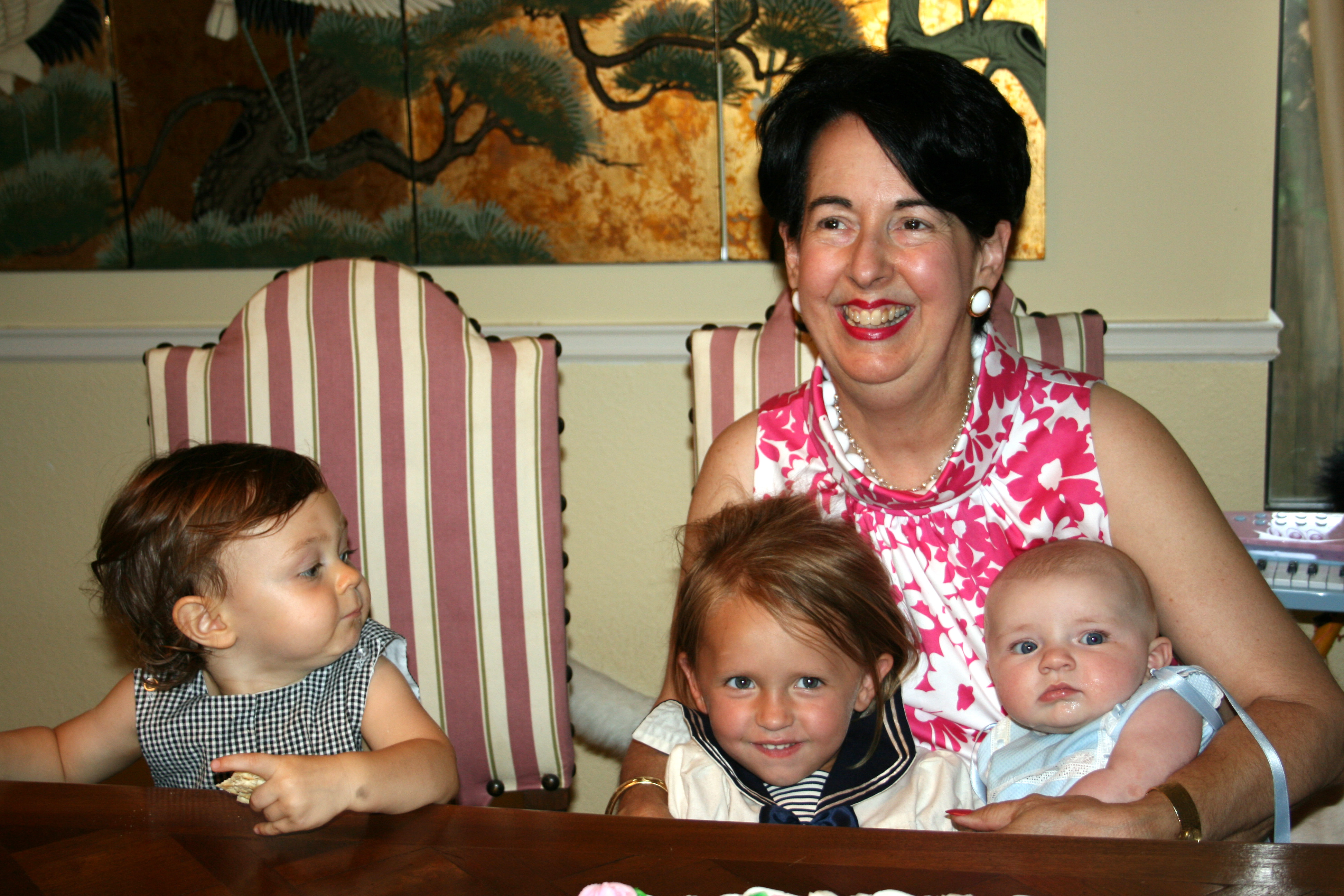When Louise Batz went for a knee replacement in 2009, she had little reason to worry and every reason to celebrate. A healthy 65-year-old who never smoked or drank, she hadn’t been admitted to a hospital since having her youngest child 35 years earlier. Chronic arthritis runs in the family, though, and Louise had suffered pain in her knee while she waited for Medicare eligibility and then for her husband to have heart bypass surgery.
What followed was every family’s worst nightmare. The knee replacement went well but, in the hours following, Louise was given morphine and meperidine for pain and an anti-nausea medication at midnight. Although Louise was not continuously monitored, she was on a standard spot check protocol where the nurse could come and take a set of vitals every three to four hours. Unfortunately, in the intervening hours between spot checks, Louise experienced respiratory depression and at 3:00 am, when the nurse went to check on her, they found Louise unresponsive. She had gone into respiratory depression, leading to an anoxic brain injury, a lack of oxygen going to the brain. The hospital called the family, who had gone home because they were told Louise needed rest and they shouldn’t stay. They rushed back to the hospital in panic. Louise’s daughter, Laura Batz Townsend, recalls sprinting ahead of her father through the hospital hallways and into her mother’s room.
“At that point, you feel like 20,000 knives just go through your body,” recalls Batz Townsend of that moment in 2009. “My mom could not breathe on her own. My heart just sank.”
Louise survived ten days on life support before passing away, surrounded by family.
“She had this amazing smile filled with love, happiness, and hope. It would literally light up a room,” Batz Townsend wrote in a tribute to her mom. “She was a wonderful friend, sister, grandmother, wife and the best Mom in the world.”
Like many patients being cared for outside the ICU, Louise wasn’t being continuously monitored after surgery, says Batz Townsend. Instead, as is typical even today in most U.S. hospitals, Louise had her vitals checked every four hours by a nurse, too late to catch signs that the medications she received were impairing her respiration.
GE HealthCare aims to make continuous monitoring of patients the new standard while giving patients and clinicians more tools to get the most of the data being collected. The Portrait Mobile monitoring solution, a first-of-its-kind wireless and wearable sensor that continuously collects a patient’s respiratory rate, blood oxygen levels, and pulse rate and then relays that data to nurses and doctors recently received FDA clearance. Portrait Mobile also does away with the wires that prevent patients from being monitored while they move about, which for people recovering from surgery is often just what doctors want them to do.
Relying on manual spot checks of patients’ vitals risks missing early warning signs of infections, bleeding or respiratory distress and can also give caregivers false confidence that the patient is responding well to medications or other treatments. One study showed 90% of post-surgical hypoxemic events in which less oxygen is being delivered to organs via the bloodstream were missed between spot checks. The same study showed that 42% of patients who experienced respiratory depression — short, shallow breathing — had been checked on by a nurse within the previous two hours. Especially important is respiration rate because it’s one of the most sensitive vital signs for early patient deterioration.
Dia Trstena is a registered nurse in Wisconsin and GE HealthCare employee who helped test the new system with hospital staff to ensure it is easy to use. Earlier in her career Trstena was working overnight to care for a patient recovering from surgery. She got the patient ready for bed, administered pain medication and then checked on them again four hours later and saw they were doing fine. At 6:30 a.m., near the end of her shift, another nurse called for help: Trstena’s patient’s breathing had slowed disturbingly.
“The first thing I said was, ‘What changed?’” she recalls, her voice cracking with emotion. “The vitals were fine. I provided them the medication that I needed to. But what changed is what I couldn’t see.”
The combination of four hours between spot checks and a duo of painkillers doctors had prescribed led to an adverse reaction to the medication, something that isn’t uncommon since people react to pain medications very differently, she says. The medical team quickly assessed the patient and cut back on medication, then monitored the patient hourly during the morning. The patient recovered fully but the event left a mark on Trstena, who wishes Portrait Mobile had been available to her 20 years ago.
“Portrait Mobile gives you a sense of safety,” she says. “It provides that continuous monitoring that patients receive in an ICU, yet it’s optimized for use in a low-acuity [less severe] care area.”
For Laura Batz Townsend, her mother’s death led her to channel her grief into something positive: a foundation named for her mom that advocates for patient safety and produces guides for patients and their families that emphasize asking questions about care.
“What GE HealthCare has created is something that can change the face of healthcare and change the face of preventable medical errors,” Batz Townsend says. “There's still so much to be done but it feels like we're getting closer.”
Learn more about GE HealthCare’s Patient Care solutions.


